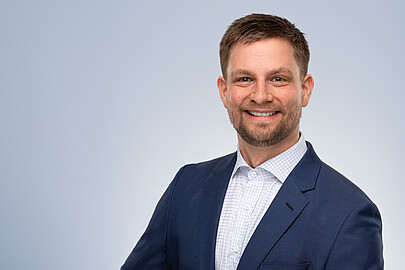Very Long Baseline Atom Interferometry (VLBAI) represents a new class of experiments in atom optics with applications in high-accuracy absolute gravimetry, gravity-gradiometry and tests of fundamental physics. Extending the baseline of gravimeters from tens of centimeters to several meters opens the way for competition with state of the art superconducting gravimeters and quantum tests of the universality of free fall (UFF) at an unprecedented level, comparable to those achieved by classical lunar laser ranging and torsion balance tests. Also, the implementation of a gravity gradiometer in the vertical direction will complement the research effort done by the MIGA collaboration towards 3D gravity antennas and mapping of space-time strain in the low-frequency range. Furthermore, non-classical states will be investigated on long baselines and by means of large-momentum beam splitting techniques, VLBAI will allow us to create superposition states with separations of meters and seconds in space and time to investigate their collapse into macroscopicity and the interplay between quantum mechanics and general relativity.
The VLBAI-Teststand will consist of a 10m-baseline atom interferometer implemented in the Hannover Institut für Technologie (HITec) of Leibniz Universität Hannover. For UFF tests, it will be operated as a dual-species, simultaneous gravimeter using ultracold mixtures of ytterbium and rubidium atoms. The choice of ytterbium is motivated by its high mass and the very small sensitivity of the ground states of the bosonic isotopes to magnetic fields, enabling better control of the systematics and constraining violation parameters. Also, the presence of a narrow clock transition gives the opportunity to investigate novel beam splitting techniques, e.g. for gravitational wave detection.
In summary, owing to the employed atomic species choice and innovative source concepts as well as the seismic attenuation system and planned atom interferometer geometries, the VLBAI facility is an excellent and worldwide unique tool that will soon open completely new perspectives for geodesy and fundamental research.
Research Goals
- Matter wave gravimetry with highest resolution and accuracy
- Absolute gravimetry: inaccuracy < 1x10-9 m/s2
- Gradiometry: resolution < 5x10-10 s-2
- Quantum test of the Equivalence Principle
- Investigation of novel methods for ...
- ... large momentum transfer beam splitting,
- ... extending the free evolution time in atom interferometry on ground,
- ... and investigation of decoherence and dephasing in atom interferometers over meters and seconds
- Research on quantum clocks in gravity (collaboration with W. Schleich, Universität Ulm)
- Use of non-classical input states for inertial sensing (collaboration with C. Klempt)
Coordinators


30167 Hannover







